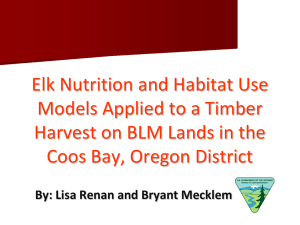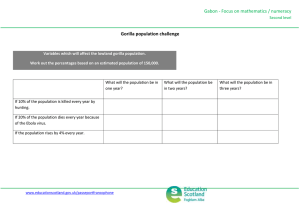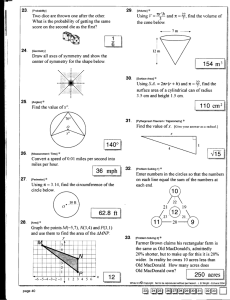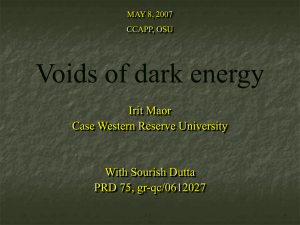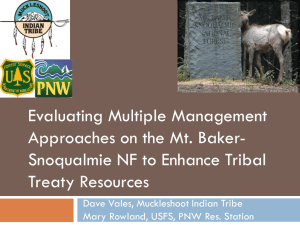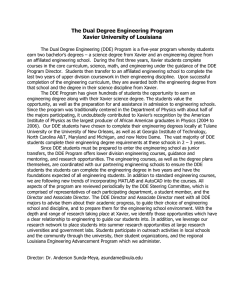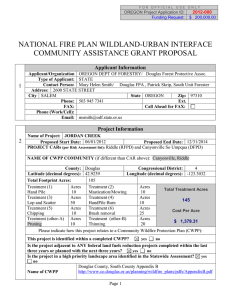Westside Elk Habitat Use Modeling on the Umpqua National Forest
advertisement
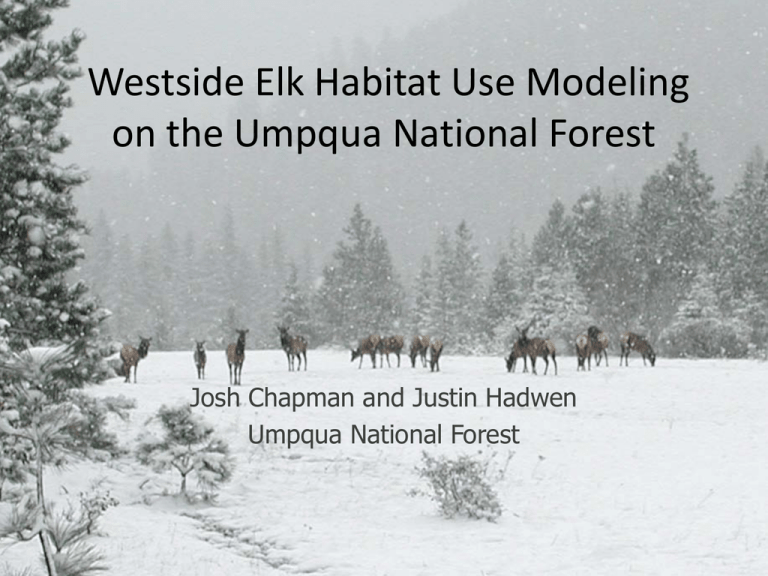
Westside Elk Habitat Use Modeling on the Umpqua National Forest Josh Chapman and Justin Hadwen Umpqua National Forest Post Treatment Canopy Closure 10 35 40 50 Total Acres 33 230 1,329 1,074 2,666 Update Base Vegetation Variables Post Treatment Canopy Closure % Hardwood Total Acres 10 25% 33 35 25% 230 40 25% 1329 50 25% 1074 2666 Total DDE Nutritional Rating Classes Class Description Mean DDE 1 Poor <2.40 2 Marginal ≥2.40 to <2.75 3 Good ≥2.75 to <2.90 4 Excellent ≥2.90 Acres of Predicted DDE No Action Alternative 2 DDE Class Existing (NA) Acres Alternative 2 Acres 1 (Poor) 20927 19761 2 (Marginal) 12623 11706 3 (Good) 5135 6825 4 (Excellent) 3545 3938 Model Strengths Good for comparison of Alternatives in visual and numeric display Relatively easy to run if you have GIS experience Model Weaknesses Limitations in applicability to SW Oregon currently, hopefully this will be addressed through work this summer Wildlife biologists without GIS experience will be at the mercy of GIS specialists for completing work Works across land ownerships Roads input layers (open vs. closed) are challenging to ground truth Works well on large projects, in particular forest plan revisions, resource management plans (BLM) Does not work well on small projects, as measurable differences at the 5th field watershed cannot be acquired Tied to elk reproductive rates, which has population level impacts. Important for Management Indicator Species analyses where the FS is responsible for documenting changing in population trends. Reliance on GNN data to be updated into the future Some forested lands it is difficult to move forage condition beyond marginal based upon the nutritional equations. Need to update base vegetation layers based upon private land/fire disturbances on annual basis.

